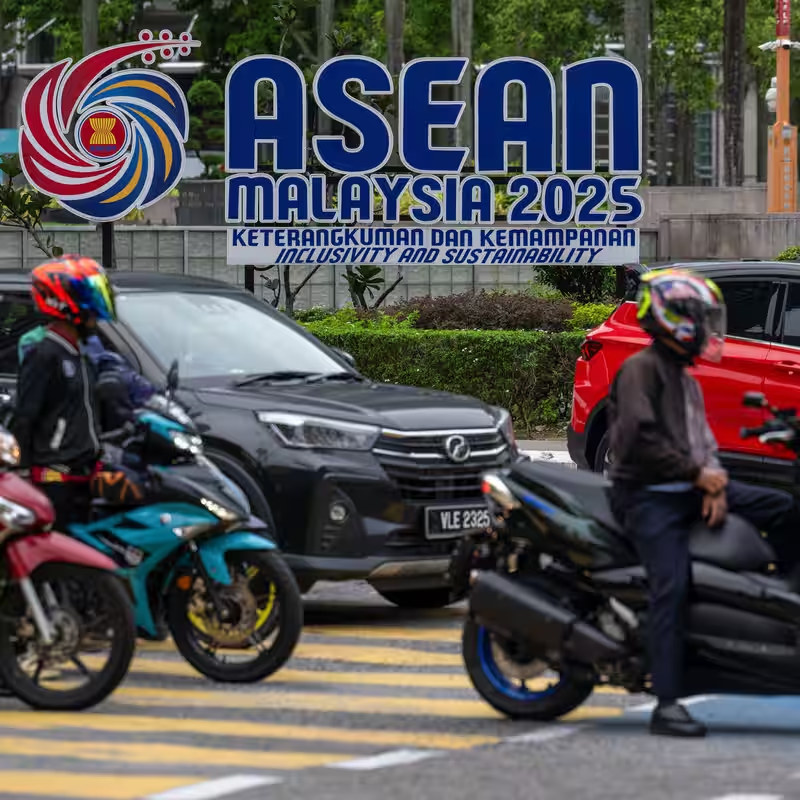Table of Contents
- Carney’s Asia Mission
- Why the Urgent Shift Away from the U.S.?
- Canada’s Trade Diversification Strategy
- Countries on the Itinerary
- Economic Stakes for Canada
- Sources
Carney’s Asia Mission
Prime Minister Mark Carney is heading to Asia on a high-stakes diplomatic and trade mission—marking a clear strategic pivot as Canada seeks to reduce its heavy reliance on the United States. With growing uncertainty around U.S. trade policies and recent protectionist measures hitting Canadian exports, Carney’s trip is more than symbolic; it’s a survival play for Canada’s economy.
During his week-long tour, Carney will attend two major regional economic forums and make official visits to Japan, South Korea, and Vietnam—three nations seen as critical to Canada’s “Trade Diversification Imperative.”
Why the Urgent Shift Away from the U.S.?
For decades, over 75% of Canada’s exports have flowed south across the border. But recent U.S. tariffs on Canadian steel, aluminum, and clean tech—coupled with political volatility in Washington—have exposed the risks of such dependence.
“Relying overwhelmingly on one market is no longer tenable in today’s geopolitical climate,” Carney said in a pre-departure briefing. “Asia represents not just opportunity, but necessity.”
Canada’s Trade Diversification Strategy
Under Carney’s leadership, Canada has accelerated its Indo-Pacific Strategy, first launched in 2022 but now receiving renewed urgency. The plan aims to double Canada’s exports to the region by 2030 and secure supply chains in critical minerals, renewable energy, and agri-food.
Key goals include:
- Negotiating updated trade frameworks with ASEAN nations
- Securing partnerships in battery minerals (like lithium and graphite)
- Expanding market access for Canadian seafood, pulses, and canola
- Attracting Asian investment in Canadian green infrastructure
Countries on the Itinerary
| Country | Key Focus Areas | Existing Trade Volume (2024) |
|---|---|---|
| Japan | Clean tech, LNG, education | $12.3 billion CAD |
| South Korea | Critical minerals, EV supply chains | $9.8 billion CAD |
| Vietnam | Agri-food, textiles, digital services | $4.1 billion CAD |
Each stop is tailored to mutual economic interests. In Tokyo, Carney will push for Canada’s inclusion in Japan’s clean hydrogen partnerships. In Seoul, discussions will center on securing long-term offtake agreements for Canadian graphite used in EV batteries. In Hanoi, the focus shifts to food security and youth mobility programs.
Economic Stakes for Canada
The success of this mission could redefine Canada’s global economic posture. Analysts warn that without diversification, Canada risks being sidelined in the new era of friend-shoring and regional blocs. “Carney isn’t just selling goods—he’s selling Canada as a stable, rules-based alternative in a fragmented world,” said Dr. Lena Tran, trade economist at the University of Toronto.
Back home, the trip also carries political weight. With elections looming, the government needs to show voters it has a plan beyond “hoping the U.S. stays friendly.”




